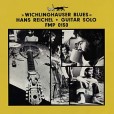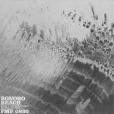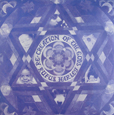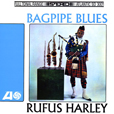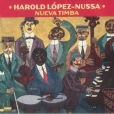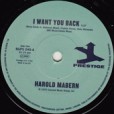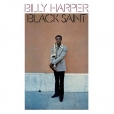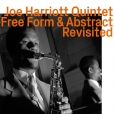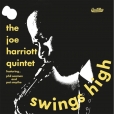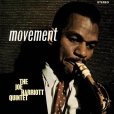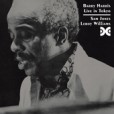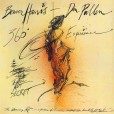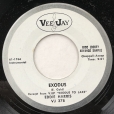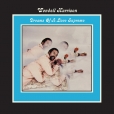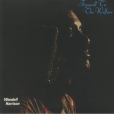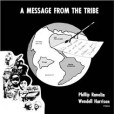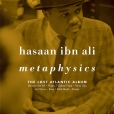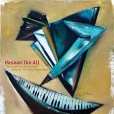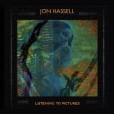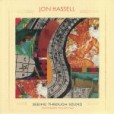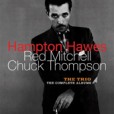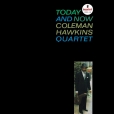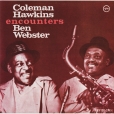Your basket is empty

‘Originally released on FMP in 1973, the debut album by this legendary German guitar improviser and instrument inventor is a resonant and hilarious document of the nascent genius recording his peculiar and wondrous music alone in a studio. Acoustic and unfiltered electric guitars turned back into the supremely malleable instruments they were before they’d been firmly encoded as tools for rock or pop or jazz. Reichel uses a homemade 11-string guitar (with three pickups) for all the tunes except the first one. Reichel is like an improvising Harry Partch, investigating the genesis of lute music.’
‘Subtitled ‘some more guitar solos’; his fourth and final record of solo guitar works. Next Reichel would turn much of his attention to the bowed wooden-tongued instrument he created called the daxophone. Reichel recorded the six tracks at his home in Wuppertal in April, 1981, and in the process made what might be his masterpiece. These are not just some more guitar solos. Concentrating largely on acoustic guitar with no frets as well as his electric pick-behind-the-bridge guitar, he transforms tones into crystalline formations — patience with resonances, attention to silence, formation of symmetries around a common sonic point, jetting notes that arc and spread and then hover. One might look for other references to describe what Reichel is up to — the magic of Terje Rypdal, the aura of early William Ackerman, the eccentric multiple pickups of Fred Frith — but really this is unique in guitar repertoire. Reichel built his instruments as tools for improvised exploration, and then he dove deep into them, never so far as on tracks like Could Be Nice or the quivering Southern Monologue, or the two brilliant versions of the title track, Bonobo Beach. On Two Small Pieces Announced by a Cigar-Box, the titular box is bowed in a vocal manner that portends Reichel’s development of the daxophone.
‘A beautiful, essential document from one of the great outsider guitarists of all time.’
Big-hearted, wonderful album from 1972, which combines funk with Aylerized gospel and free and soul jazz, without any of them losing out.
The superb bebop pianist versioning the Jackson 5 — from his Greasy Kid Stuff LP in 1970, with Idris Muhammad, Lee Morgan, Hubert Laws and Buster Williams.
Sister Janie by Funk Inc on the flip — with James Brown’s Sex Machine its point of departure.
Fiery, bluesy, gospelized post-Coltrane bebop; blowing in from Texas, massive like Rollins. From 1975, this is one of the outstanding jazz records of that decade, and Harper’s best, with trumpeter Virgil Jones (who you know from sessions with Roland Kirk, Charles Tolliver and McCoy Tyner), pianist Joe Bonner (Pharoah Sanders, Harold Vick, Khan Jamal), David Friesen on bass and Malcolm Pinson on drums.
Hard bop burners and heart-melting ballads by a crack band including the great drummer Phil Seamen, and bassist Coleridge Goode, an anchor-man of our own London Is The Place For Me series.
‘Joe plays so fiercely on the record that at times it seems as though he’s about to blow his alto apart’ (Coleridge Goode).
‘Shepherd’s Serenade… always a big one! Great reissue’ (Gilles Peterson).
Newly mastered; with extended notes.
‘Absolutely essential,’ says All About Jazz.
‘Perhaps the best representation of a typical Joe Harriott Quintet gig of the period, combining as it does straight-ahead tracks with his free-form work… it opens with the easy swing of Morning Blue with Harriott’s alto warm, sunny and optimistic and Shake Keane’s flugelhorn light as air… Count Twelve is pure bebop rooted in the blues with some simply lovely flugelhorn from Keane and delightful piano from Pat Smythe. The relationship between Goode and drummer and Bobby Orr here is almost symbiotic, while Harriott’s own solo is wild and free-flowing.
‘Michael Garrick’s quirky Face in the Crowd follows. It’s a fine, angular performance that sits well with Harriott’s own more abstract writing. Revival is one of the saxophonist’s most Caribbean-inflected tunes and is perhaps the record’s highlight, whilst Garrick’s Blues On Blues reveals perfectly how very, very good this group really was.
‘The album concludes with three tracks: Spaces, arguably the most abstract piece Harriott ever recorded; the fine, if mainstream bop Spiritual Blues, with some great bowed bass from Goode and excellent drums from Bobby Orr; and the album’s title track has an intensity not found in all of Harriott’s free form work. It’s a stunning group tour de force, again building from comparatively simple melodic materials into something that is dark, brooding and even slightly unsettling.’
‘First issued in 1985 by Hal Willner’s Shemp label. With its unconventional lineup featuring steel drums, Latin percussion, and French horns, along with the co-leaders’ drum-kit and piano, it is among the most wonderful outings of its decade. Pullen was in top form, his inside-outside approach to the keyboard perhaps optimally heard on the exuberant Double Arc Jake, where the bright melody suddenly breaks into pieces, snapping back into miraculous shape. The band includes Hamiet Bluiett on baritone saxophone and Ricky Ford on tenor saxophone, along with Buster Williams on bass, Francis Hayes on steel pans, and a special brass section led by Sharon Freeman on the seventeen-minute Goree.’
The first time out for this near-mythical recording by the co-founder of the Tribe label.
Funky, spiritual jazz, with Phil Ranelin, Harold McKinney, Kareem Harris and the crew, in 1975.
Decent booklet, too, with a history of the label, and never-before-seen archival photos and rare ephemera from its mid-1970s heyday.
The story goes that Giant Steps is indebted to the harmonic ideas of Hasaan, with whom Coltrane practised intensively in the early fifties; also Trane’s so-called ‘sheets of sound’. Certainly the pianist was already hallowed on the Philadelphia jazz scene by the time of the 1964 Atlantic LP entitled The Max Roach Featuring The Legendary Hasaan.
The recordings presented here are from the follow-up session, the next year, with Odean Pope, Art Davis and Kalil Madi. Atlantic shelved them when Hasaan was jailed for narcotics possession straight afterwards; and till recently they were thought lost, despite the keen interest of Rahsaan Roland Kirk, amongst others.
Hasaan plays with a quietly raging restlessness, deeply passionate and rawly personal, climbing the walls of the influences of Monk and Elmo Hope, and churning over the full range of swing and bop traditions, with sharp turns in all directions. You can hear him breaking through the ‘modern sounds’, as Benny Golson put it, ‘into something very esoteric. I guess you could say his brakes didn’t work. He was quite a character.’ ‘Almost avant-garde,’ for Philly Joe Jones, ‘but correct’.
Saxophonist Odean Pope played for two decades with Max Roach. He was a member of Catalyst; he started his own Saxophone Choir. At 26, on his recording debut, he’s magnificent here. Art Davis is the bass player on stone classics like Africa/Brass and Olé, Ready For Freddie and Inception, Max Roach’s Deeds, Not Words and Pharoah Sanders’ Rejoice. In the previous decade in New York, Kalil Madi had drummed for the likes of Billie Holiday, Jackie Paris and Mongo Santamaria; later he worked with Gene Harris’ Three Sounds and Charles Gayle.
Elegantly presented, expertly restored, this is wonderful music, a genuine jazz holy grail.
It’s a must, hotly recommended.
With a freshness, simplicity and directness missing from his estimable later work, this 1977 inauguration of Fourth World still retains its magic. Microtonality and the other lessons of his three years with Pandit Pran Nath articulate a blend of electric-era Miles, Terry Riley and raga, featuring processed trumpet over a bed of mbira, talking drum, kanjul and tabla, and recordings of the sea, barking dogs, tropical birds and night creatures. From Don Cherry’s imminent, like-minded Codona project, Nana Vasconcelos is in full effect.
